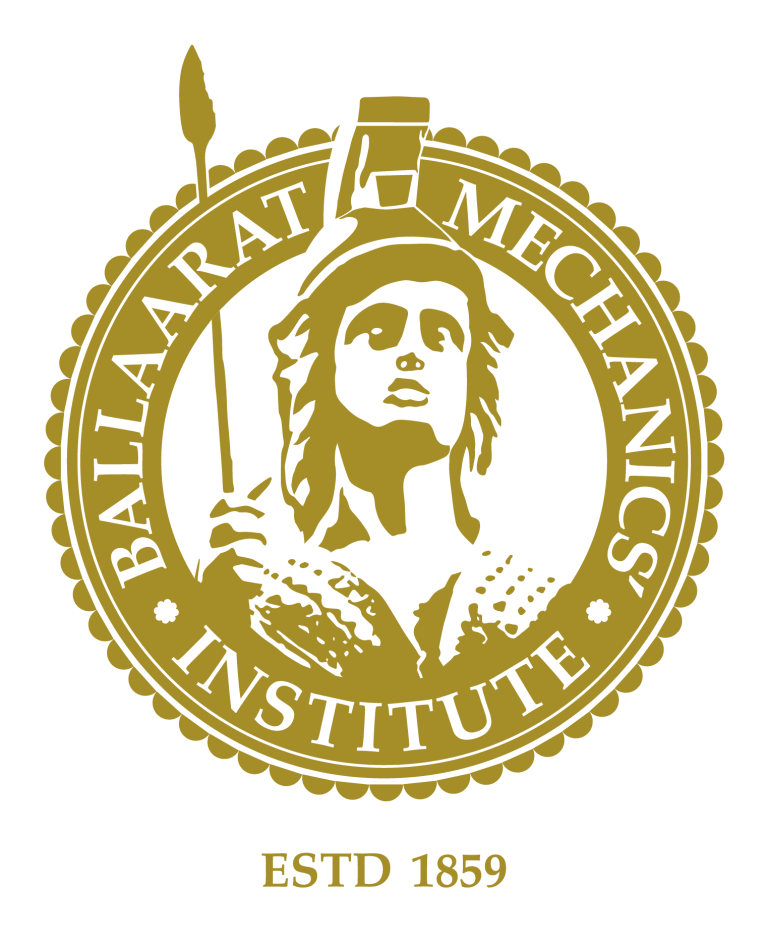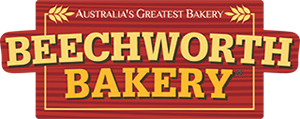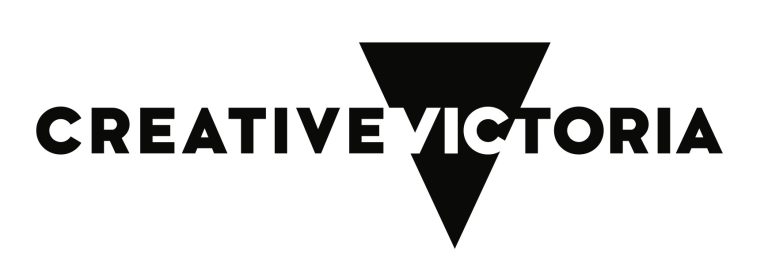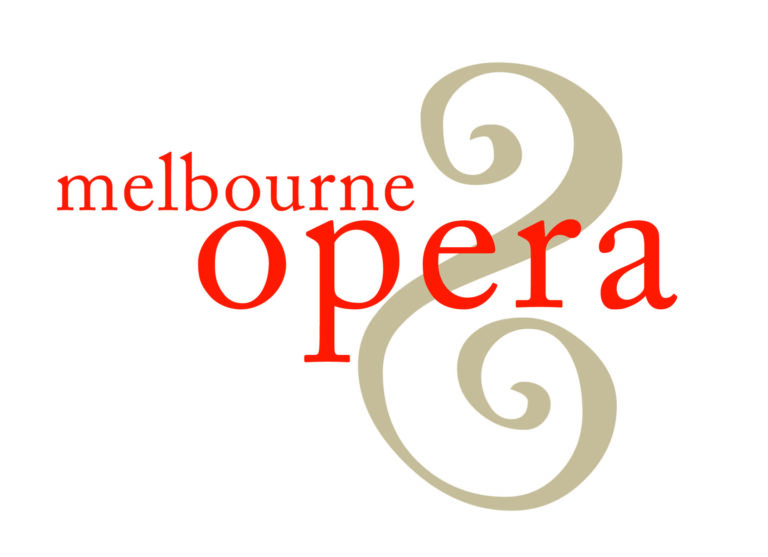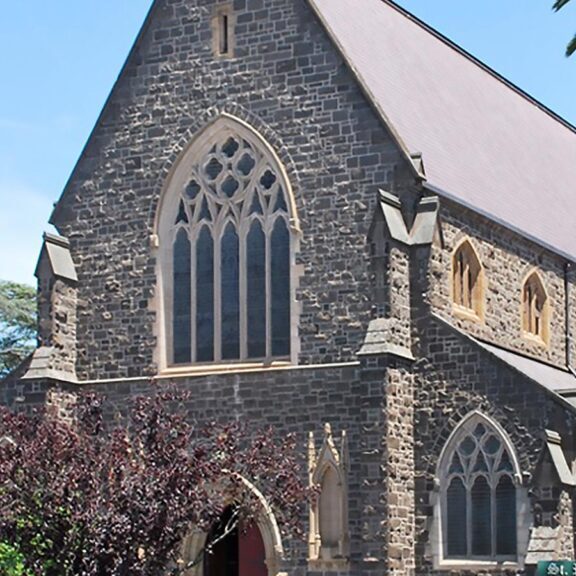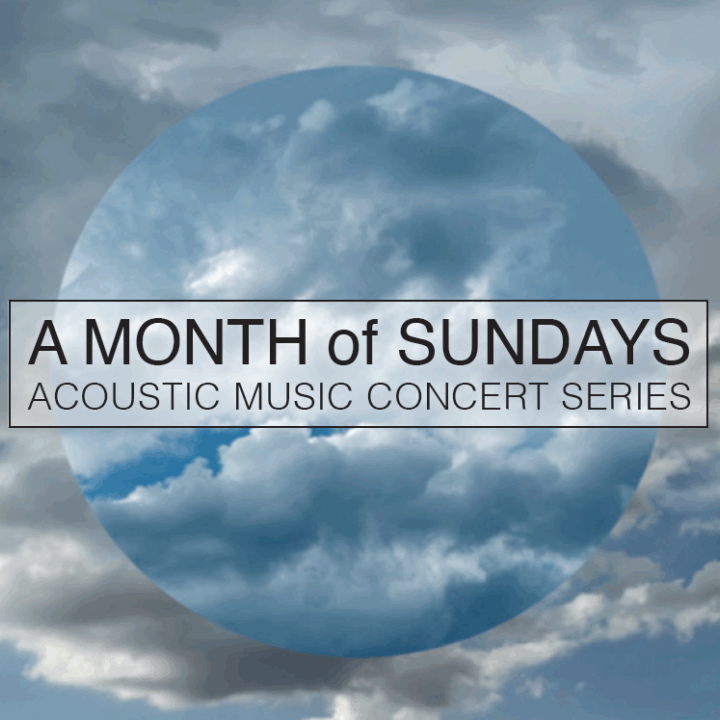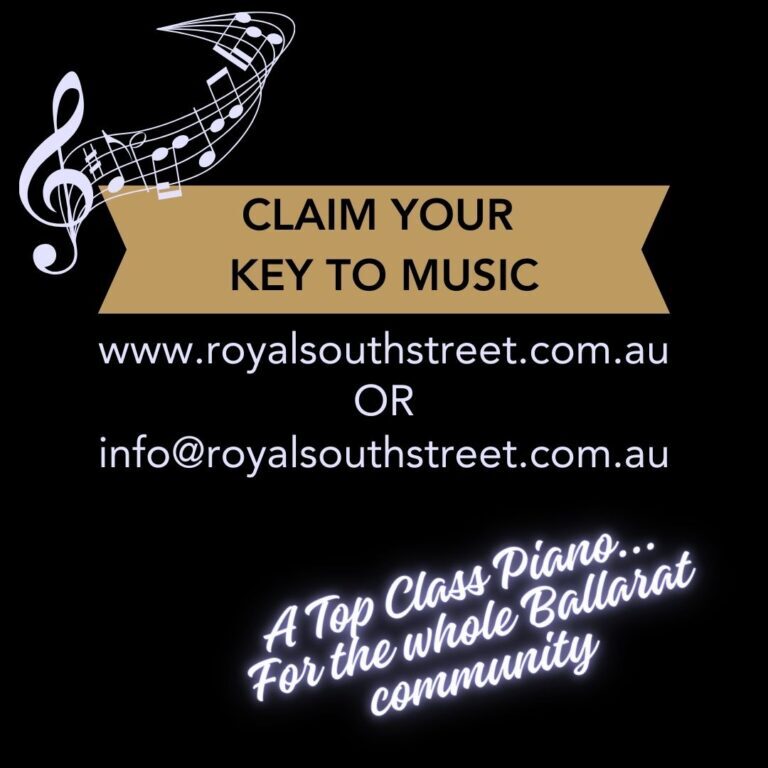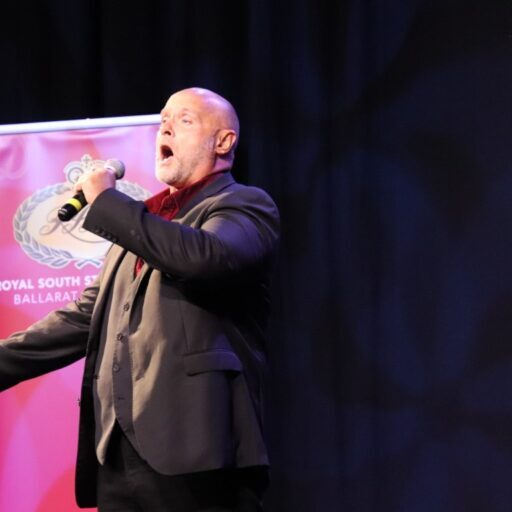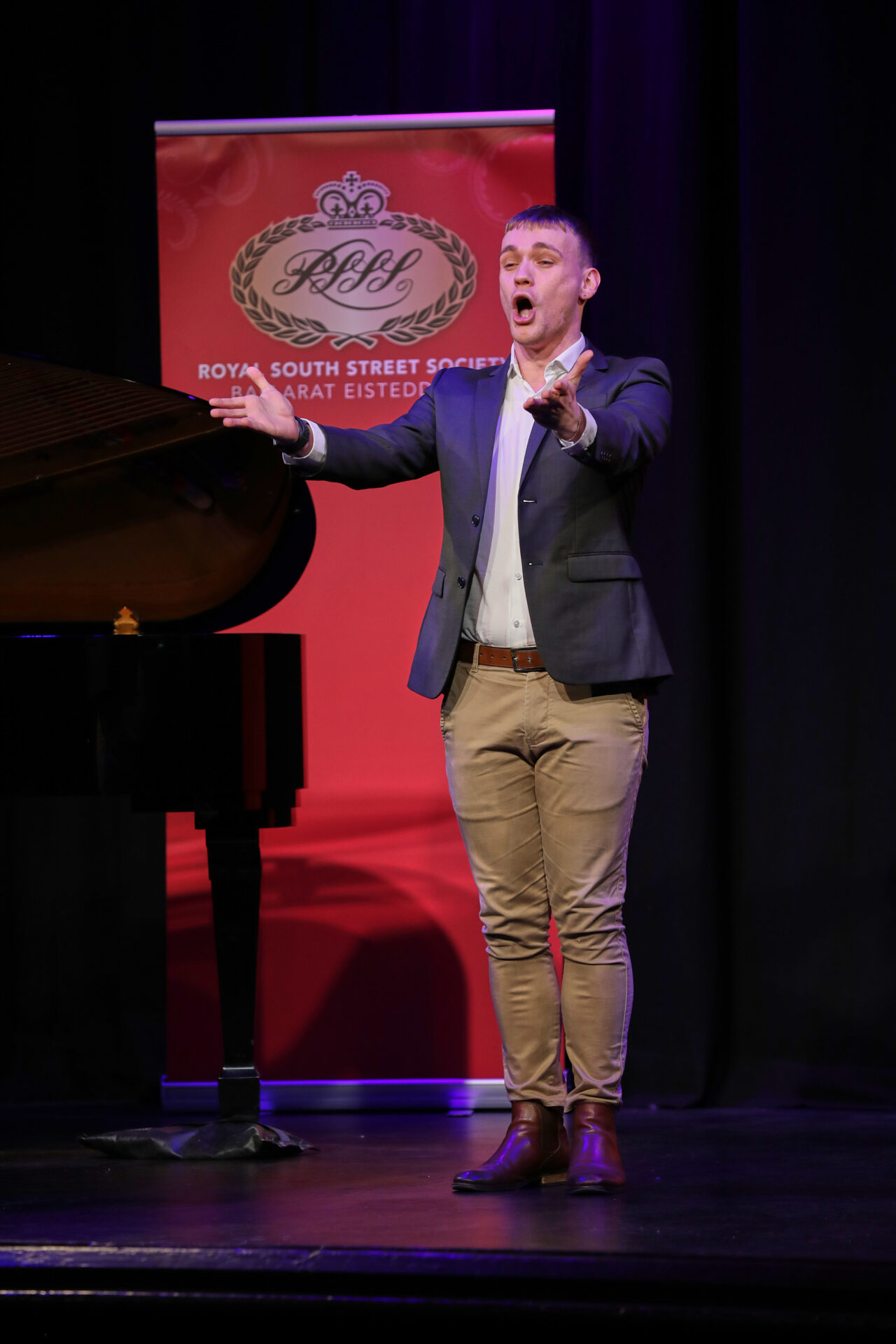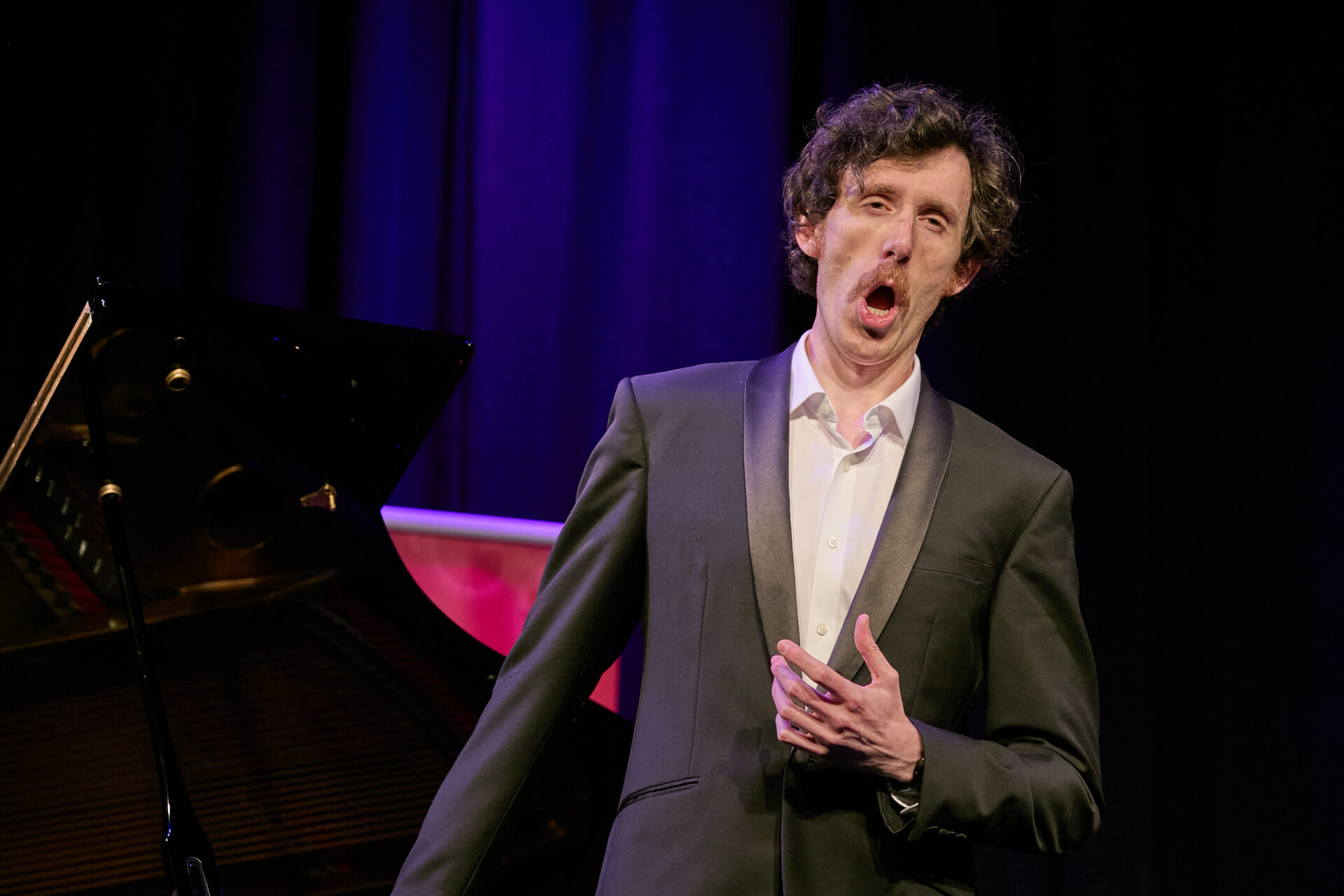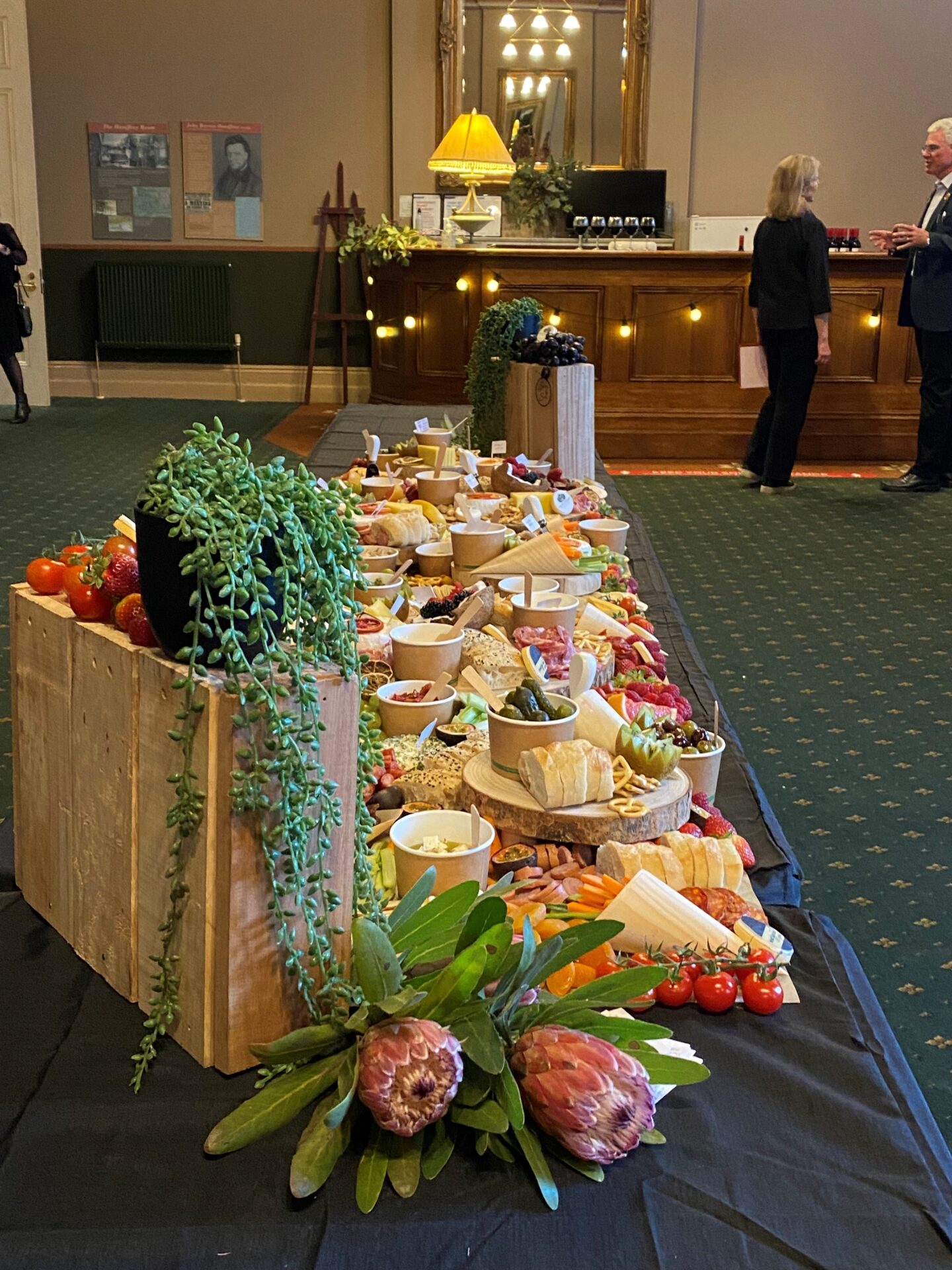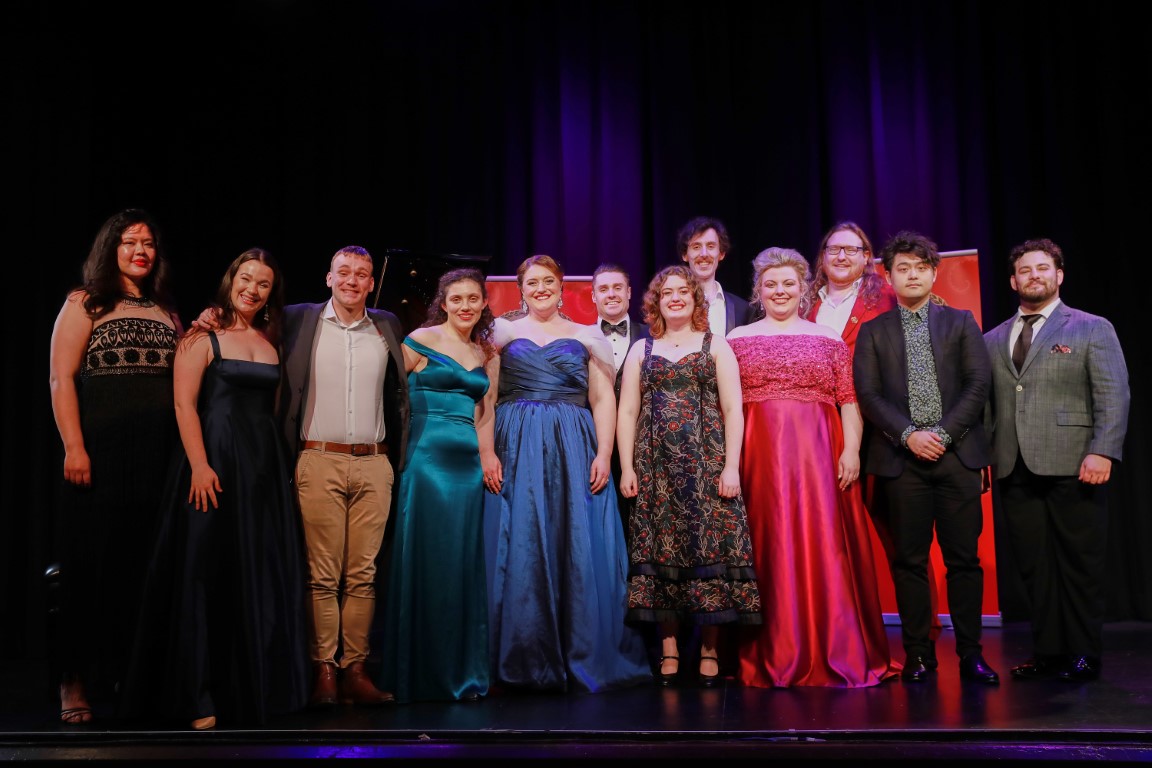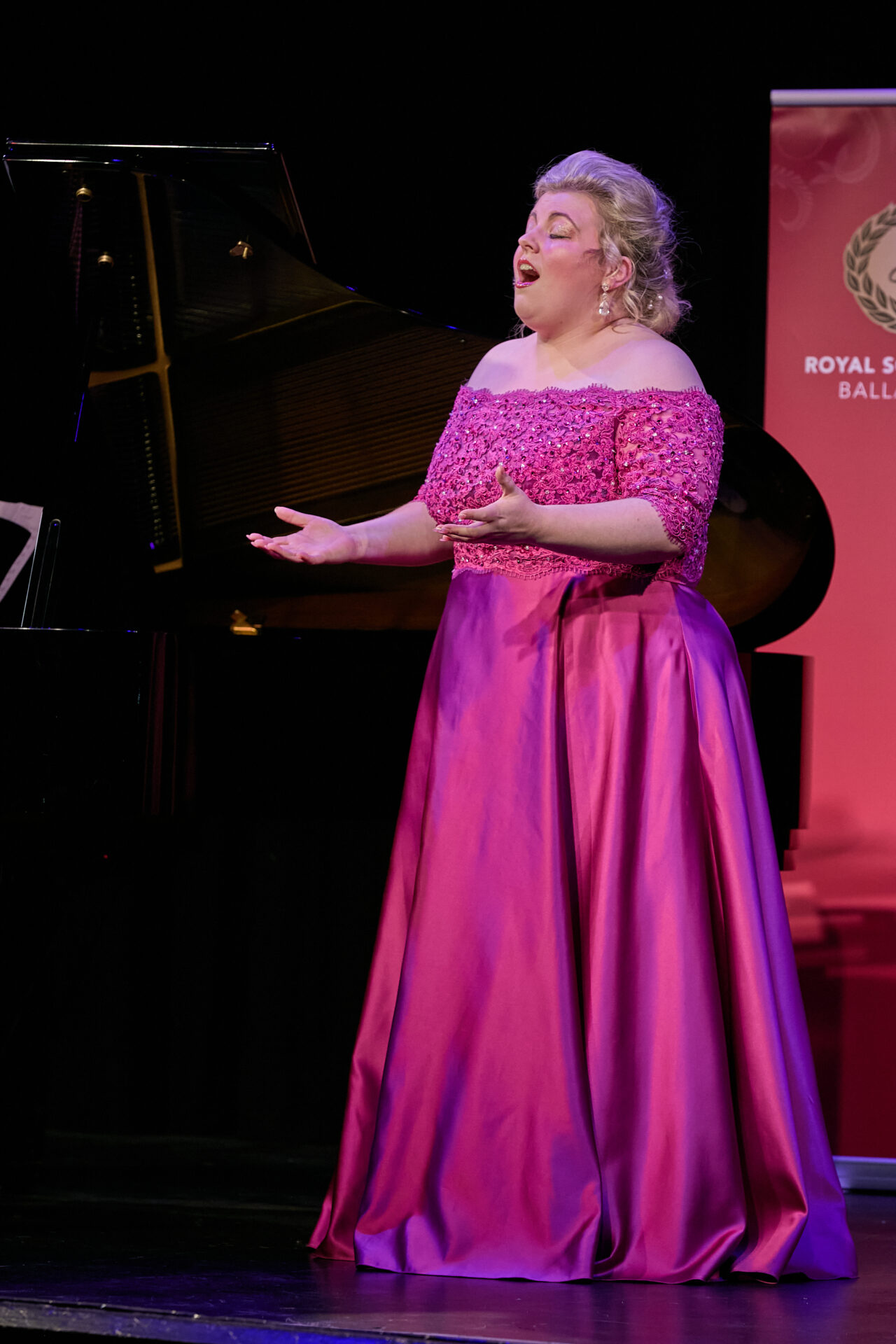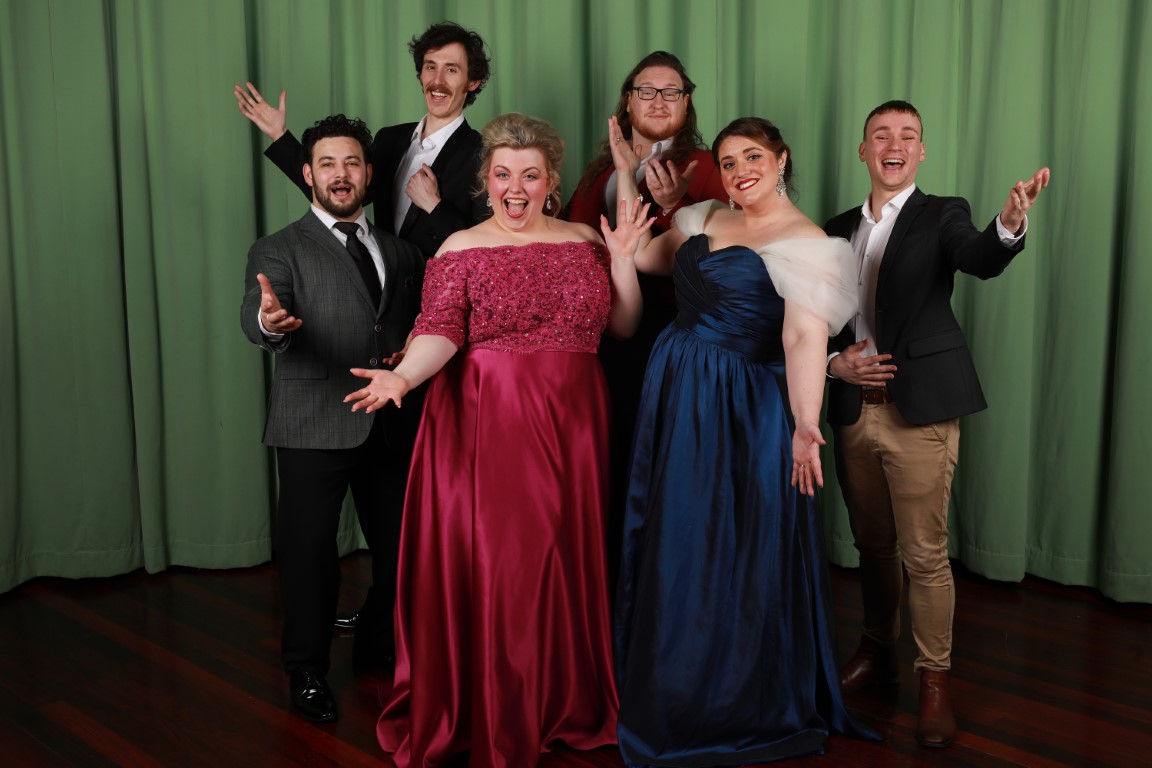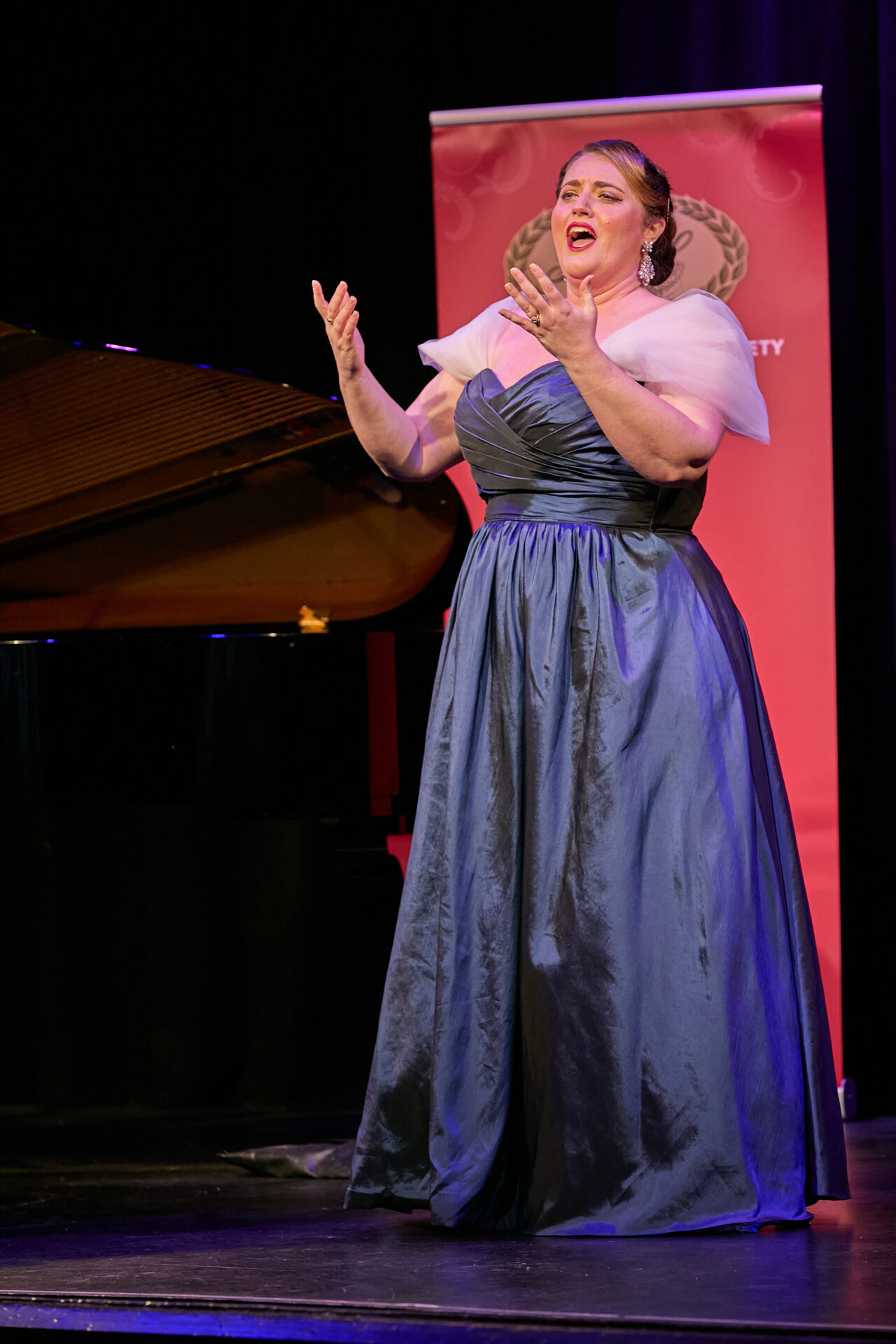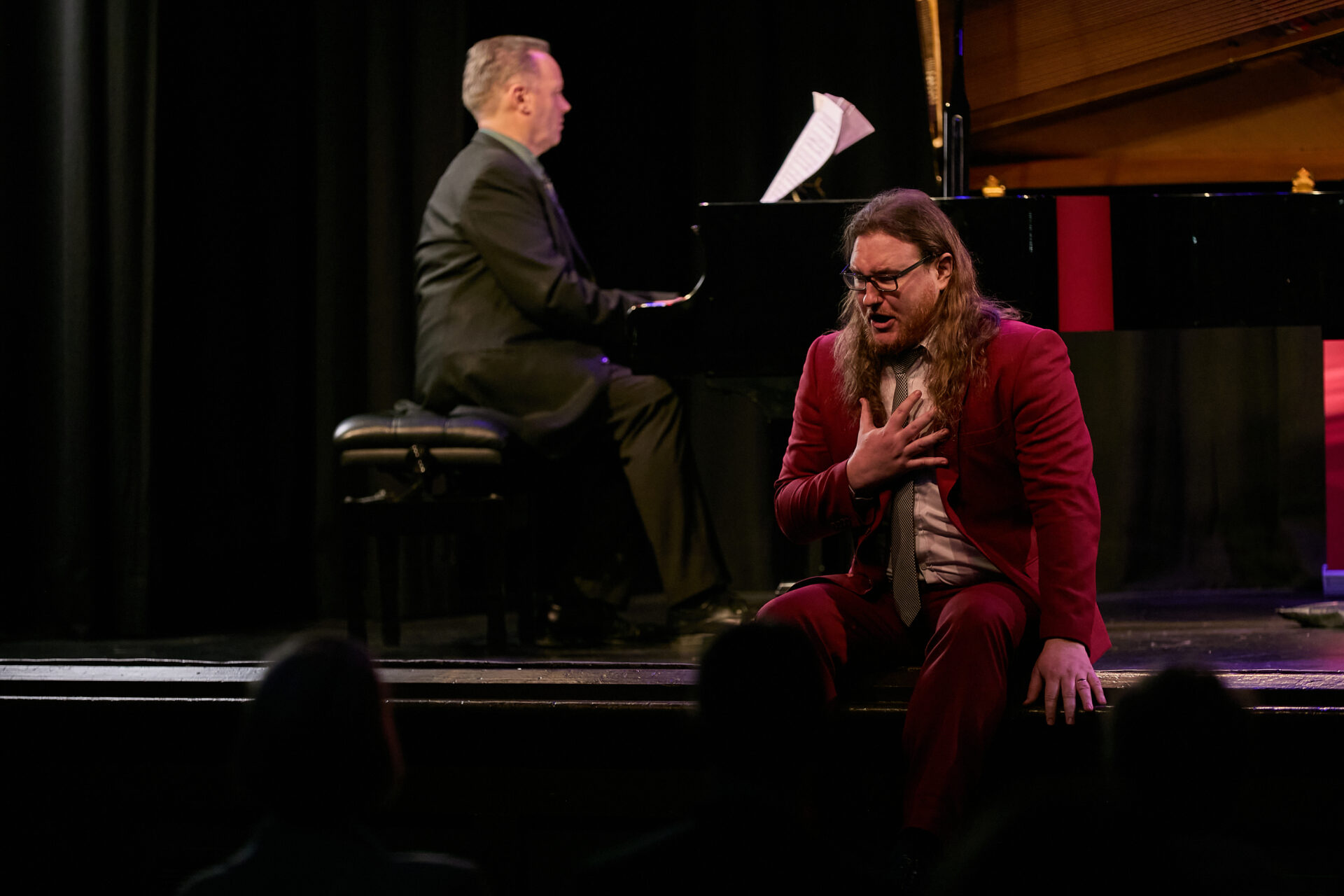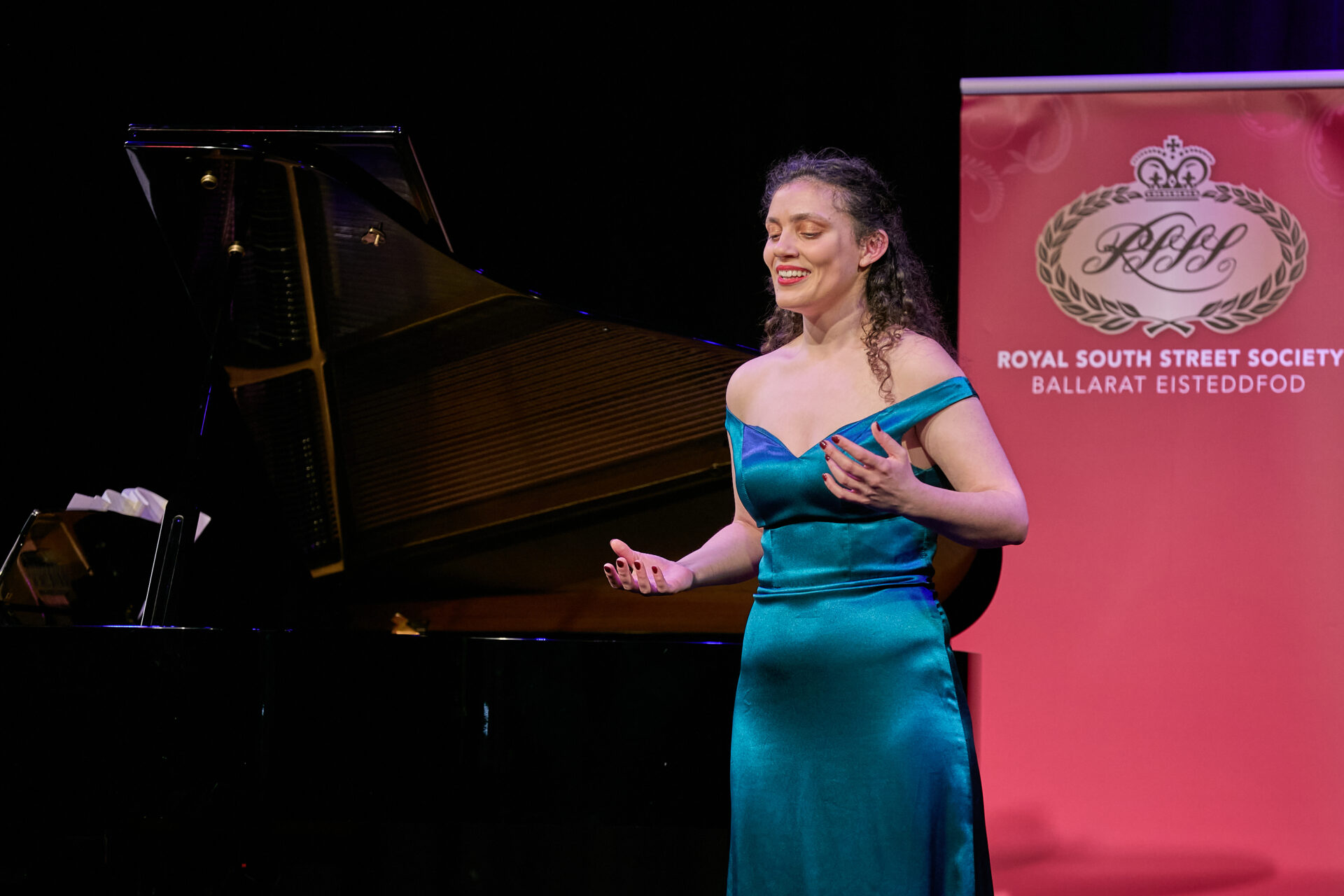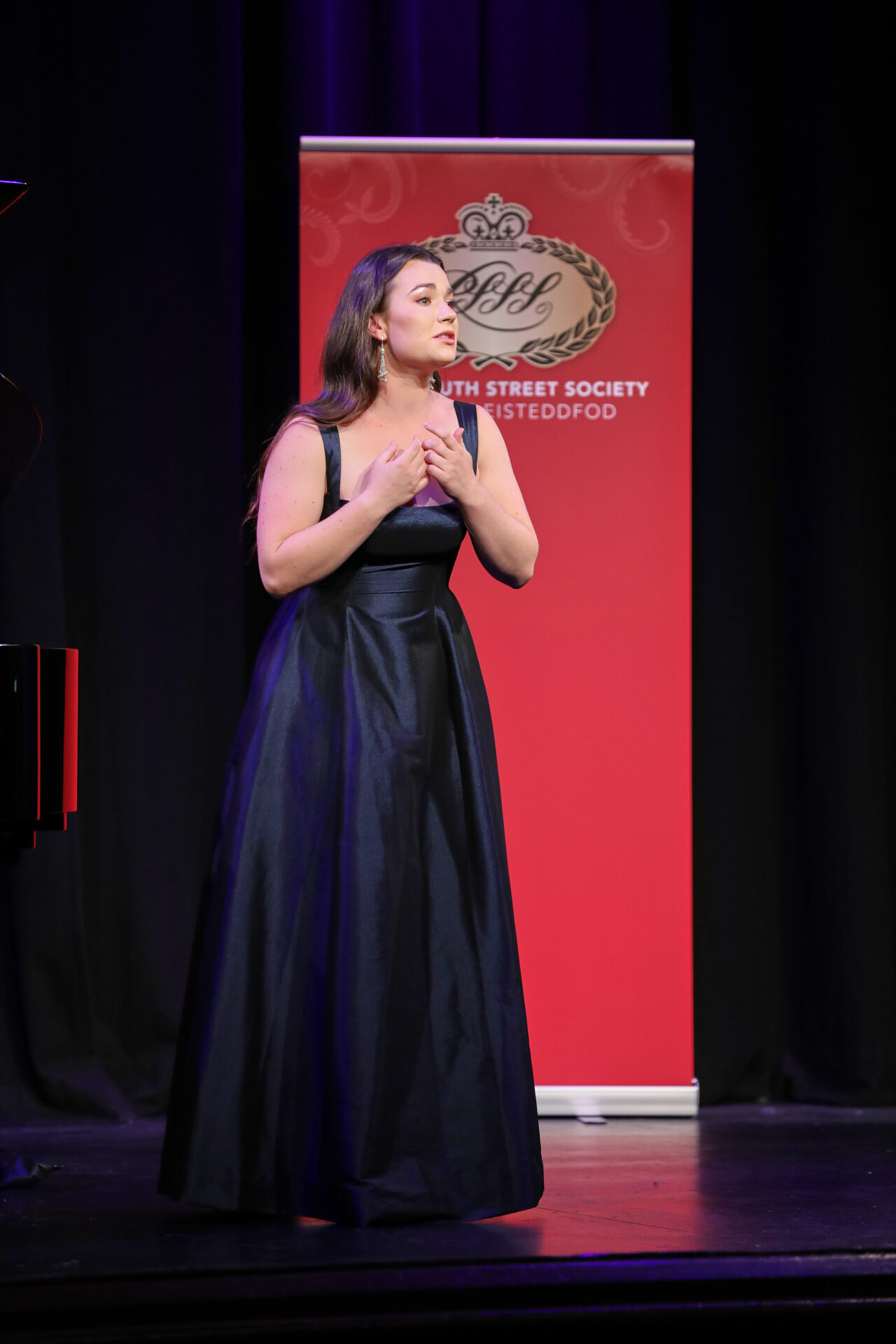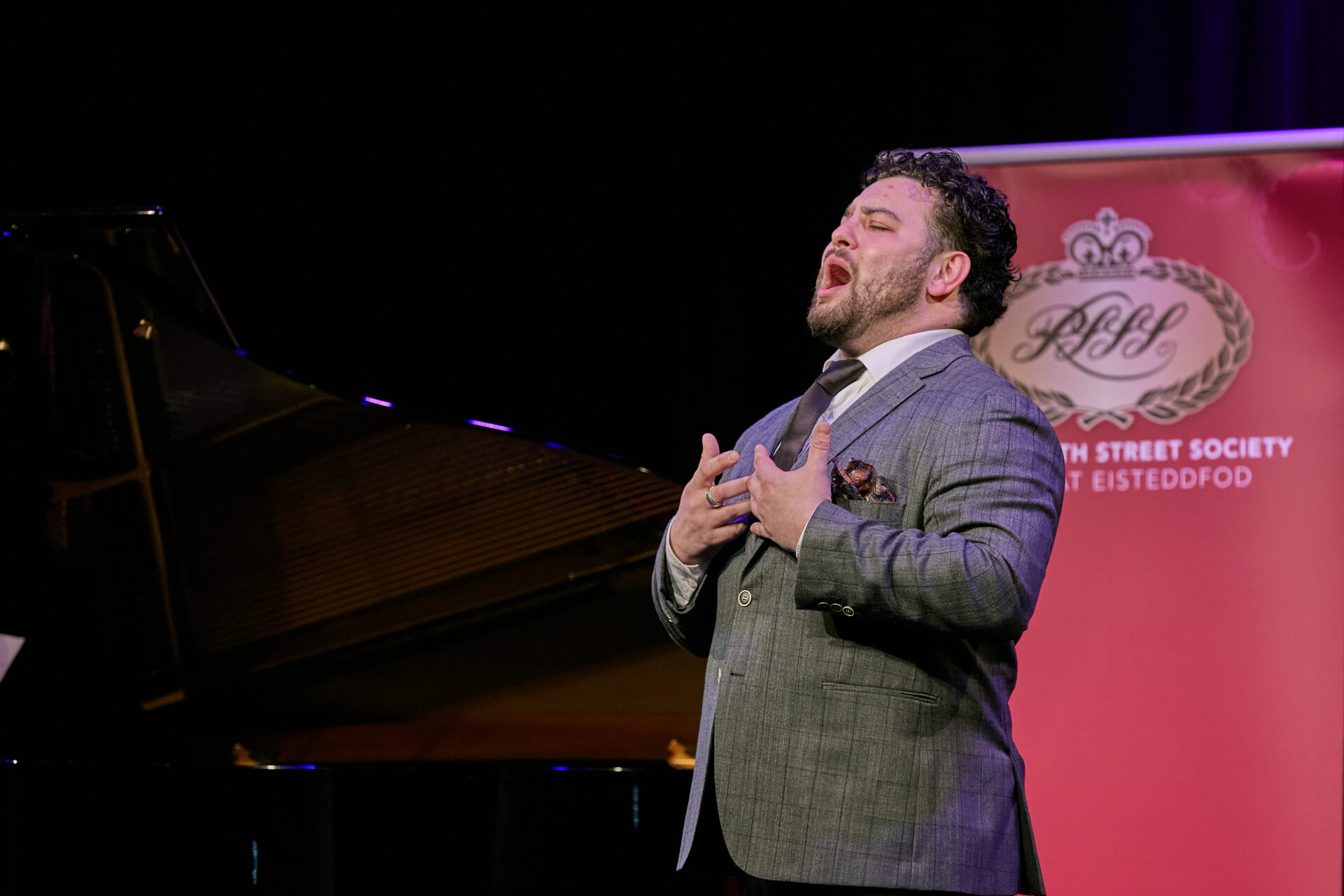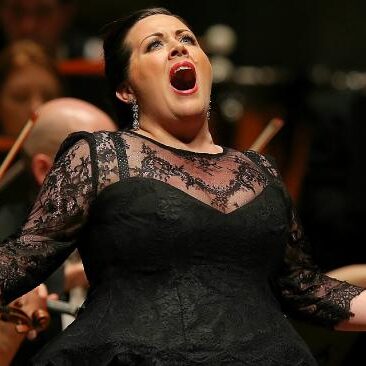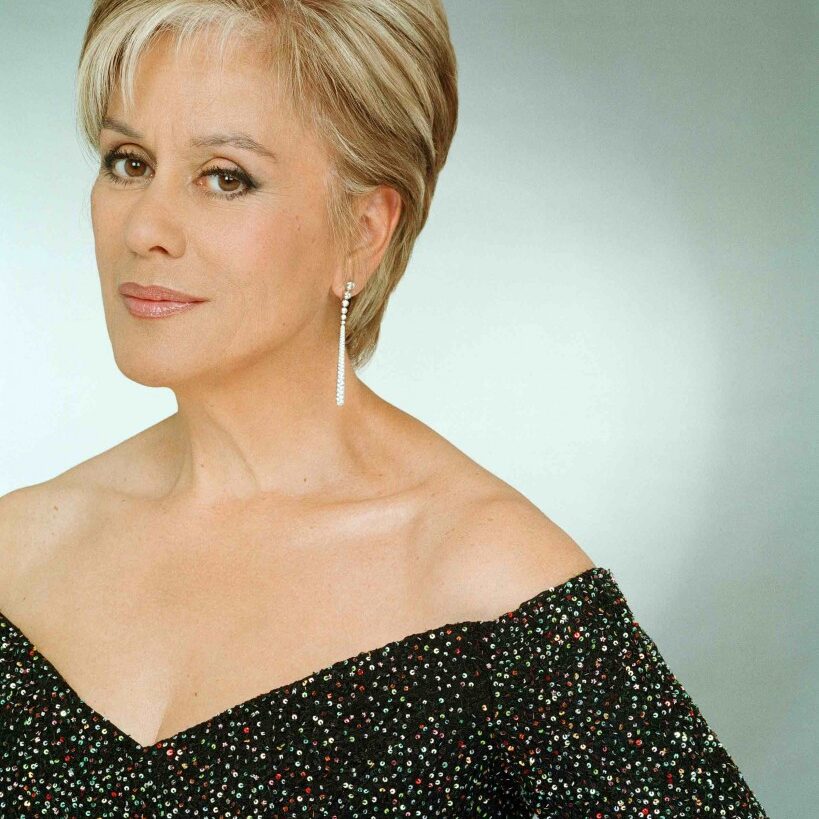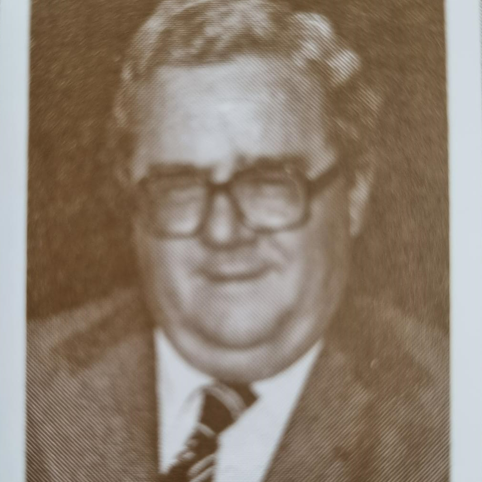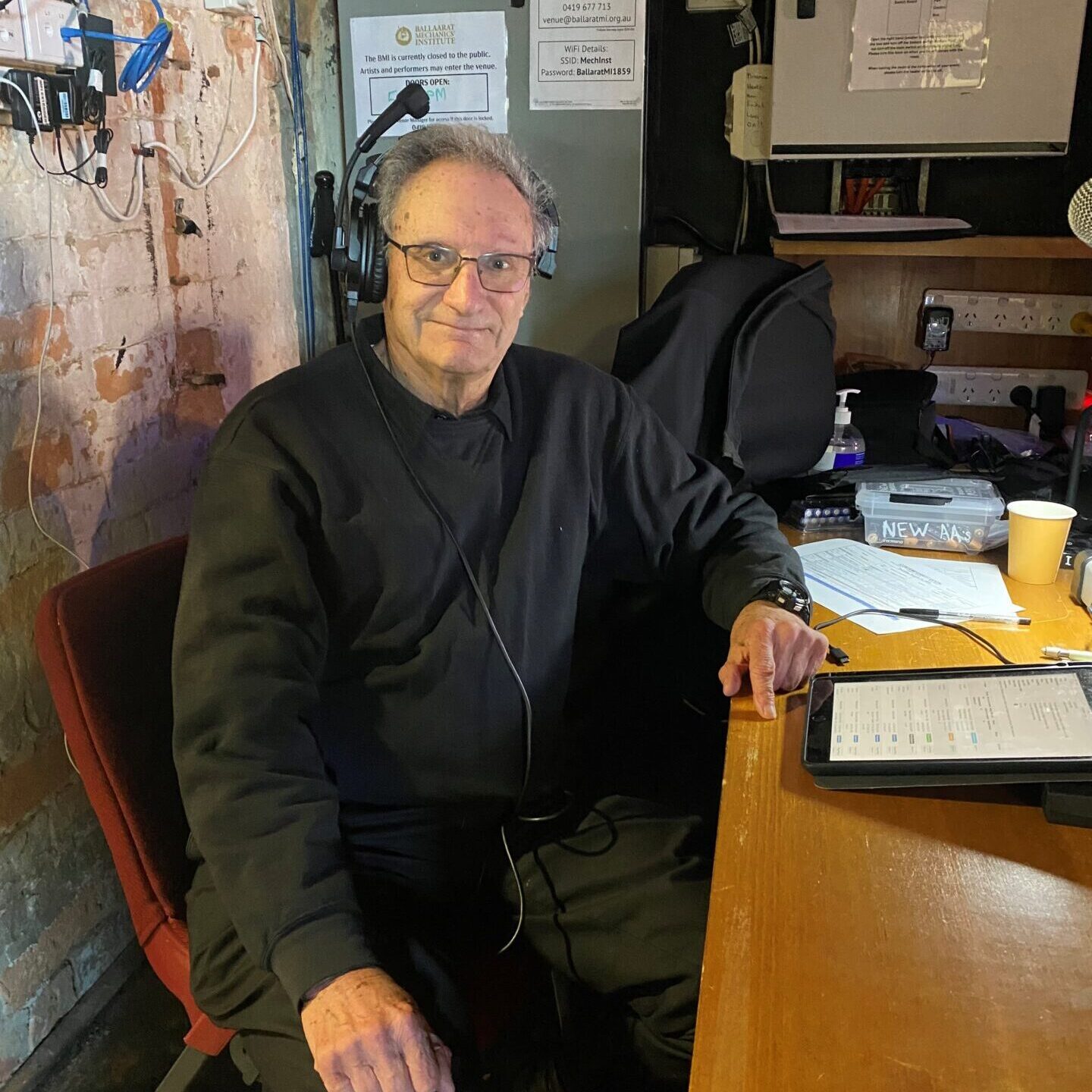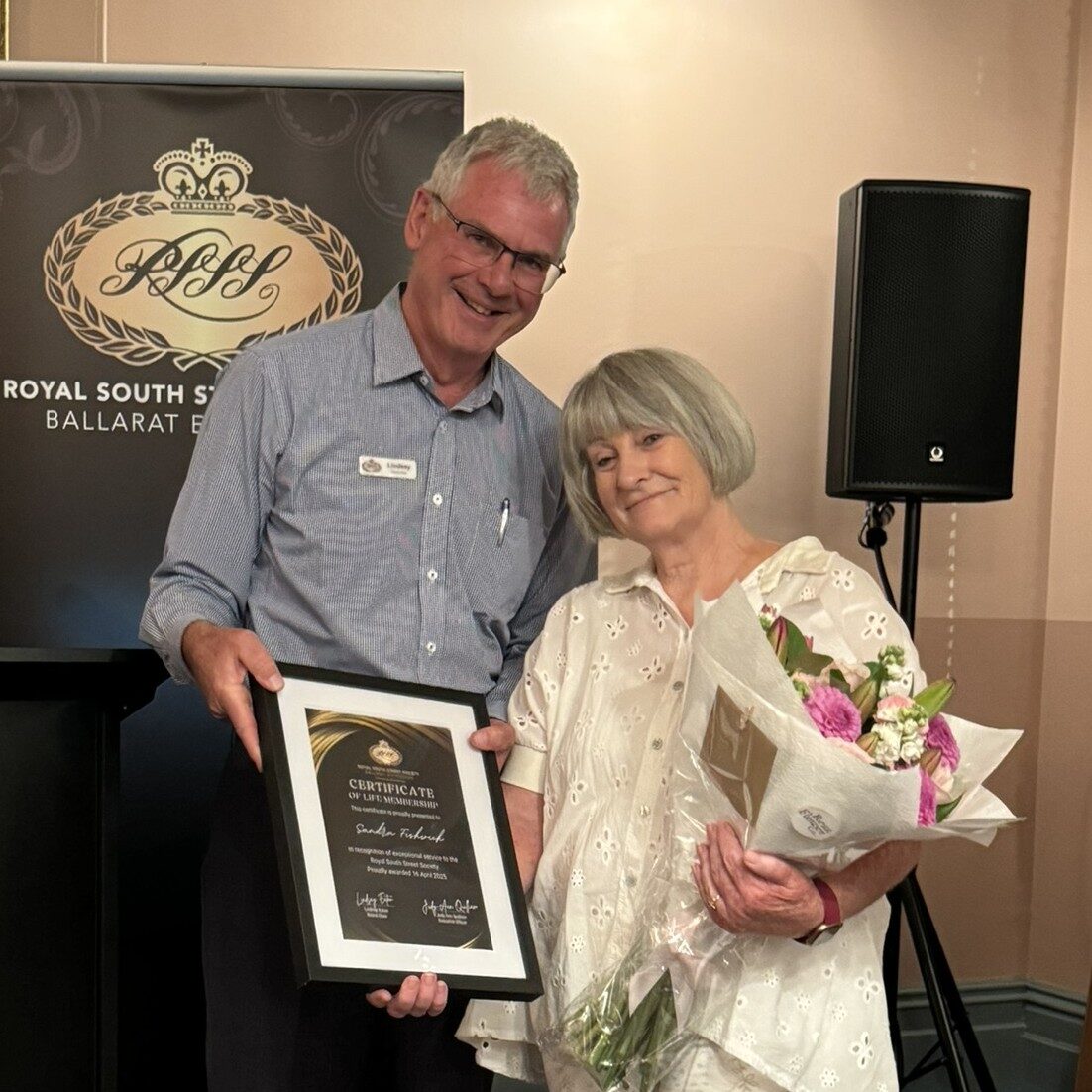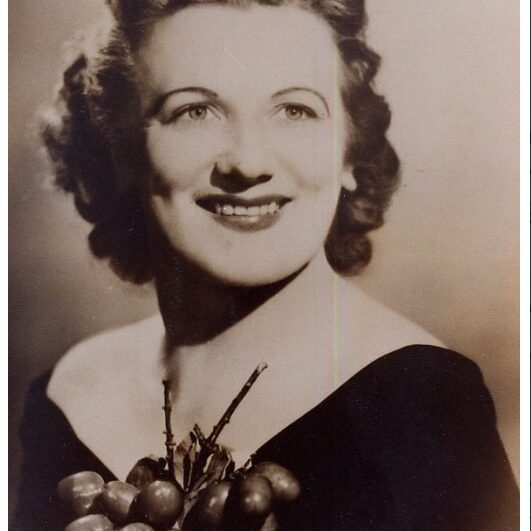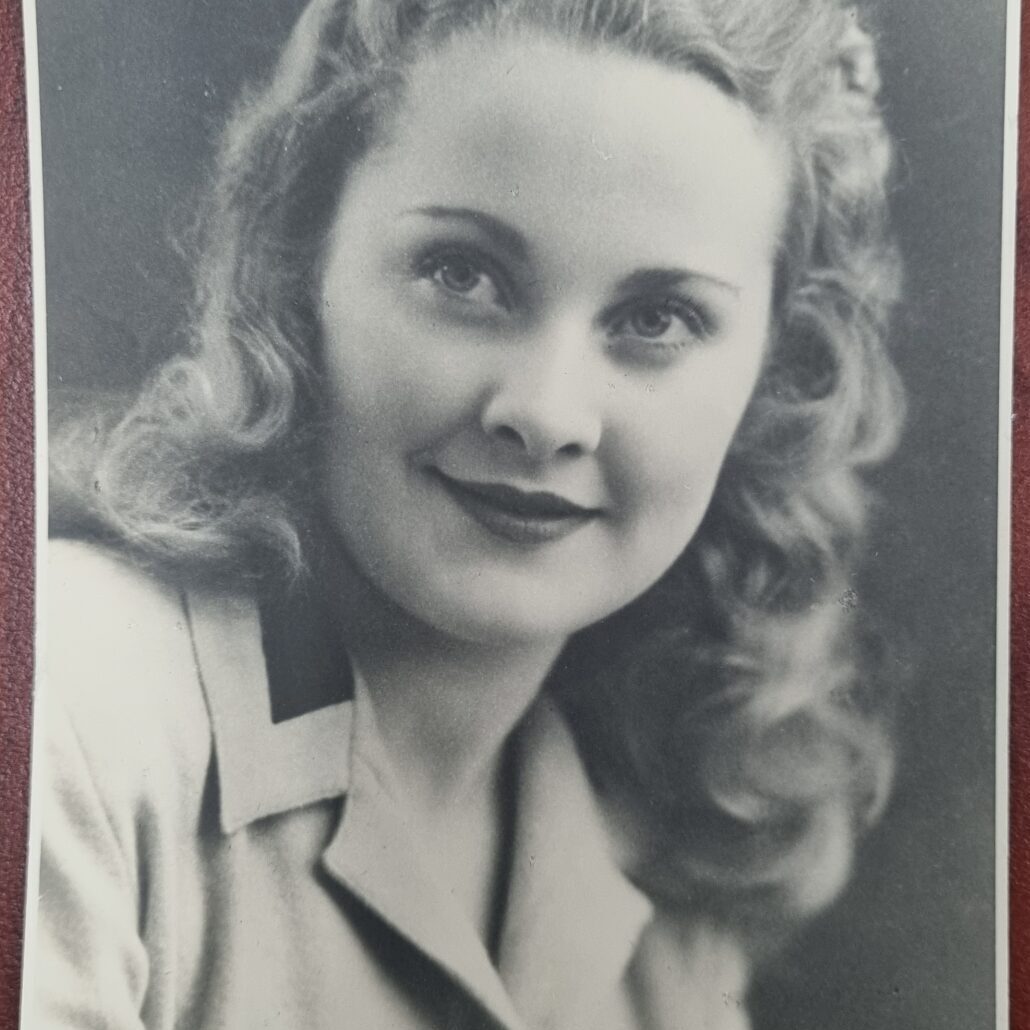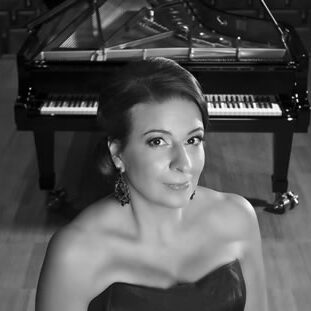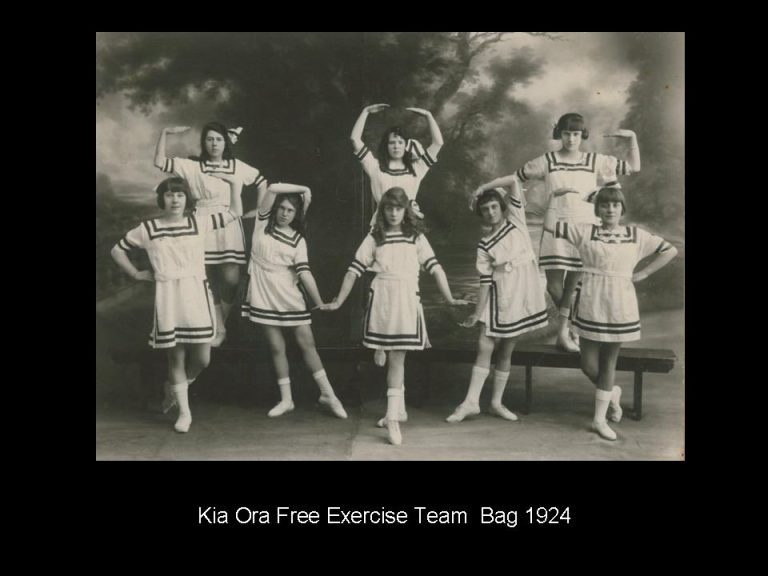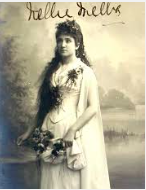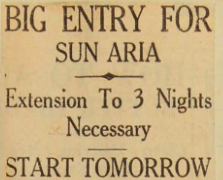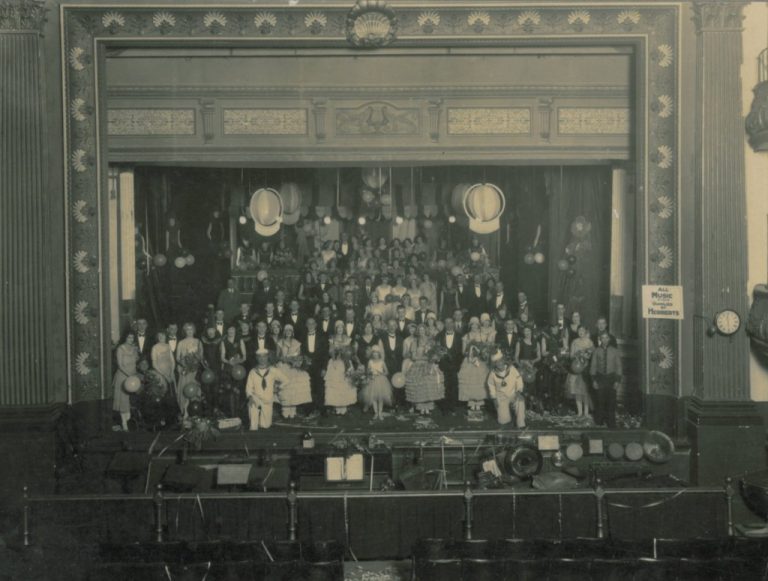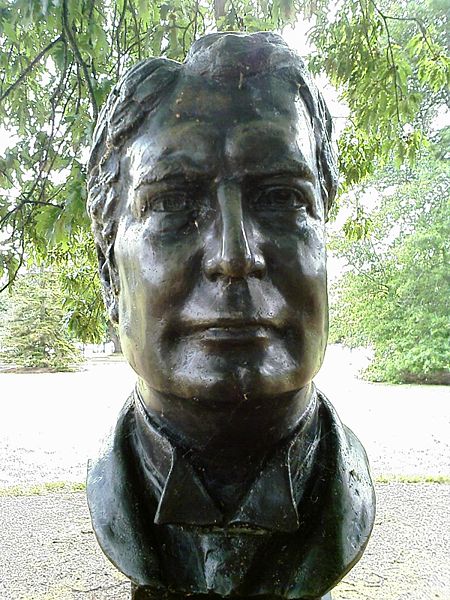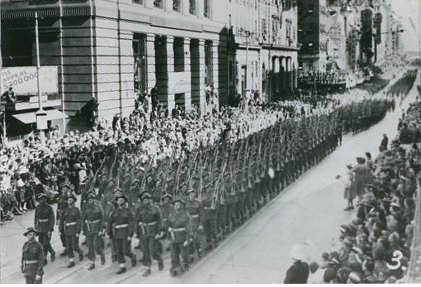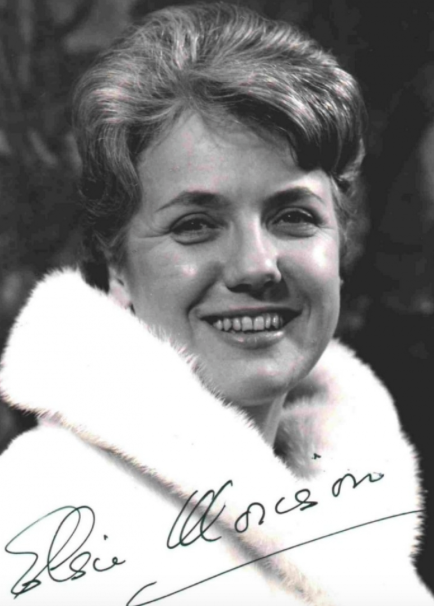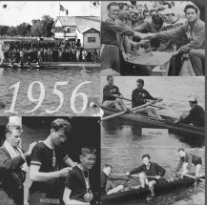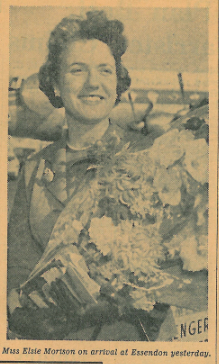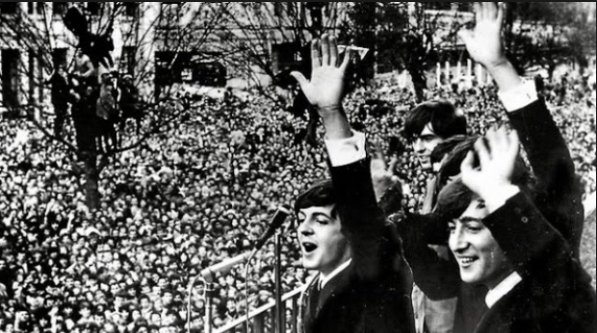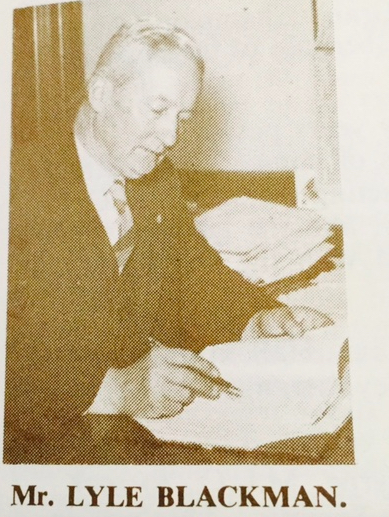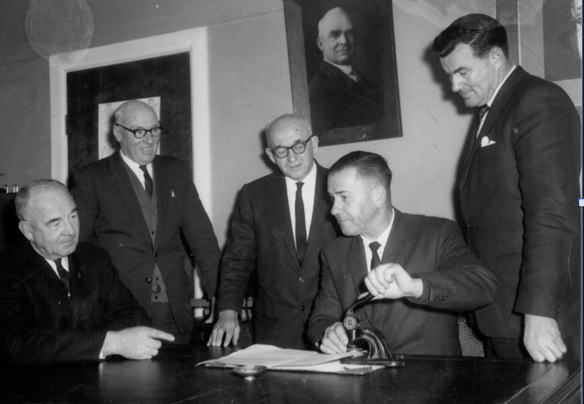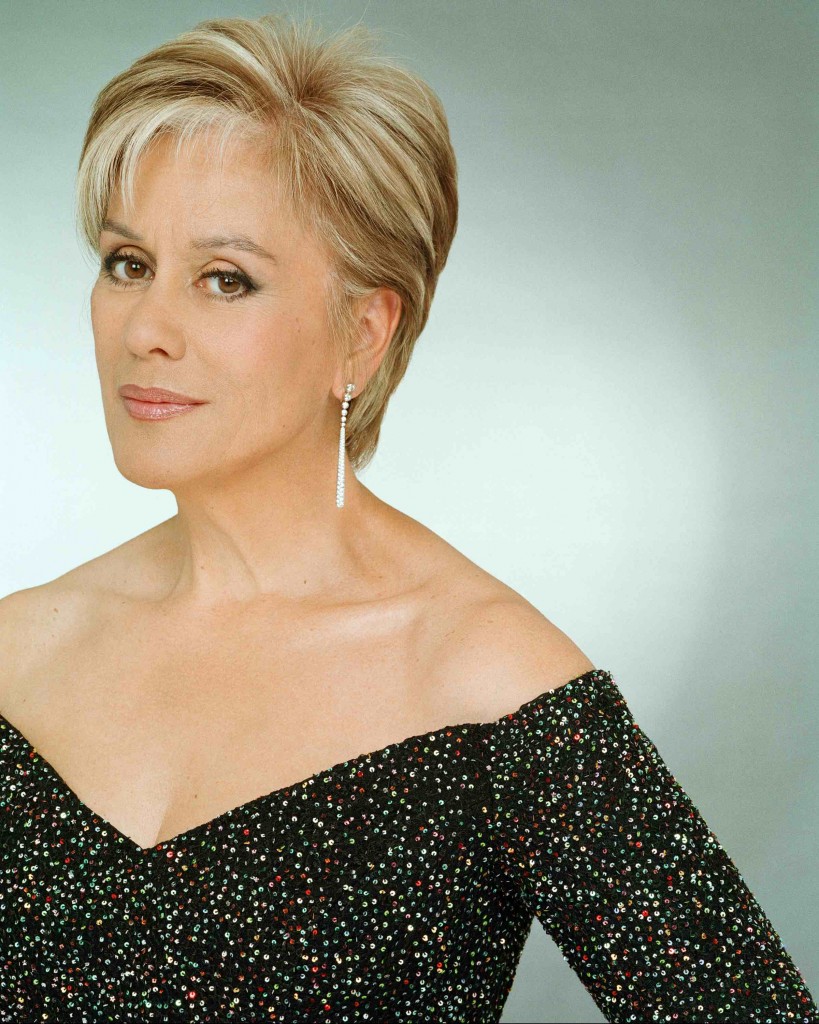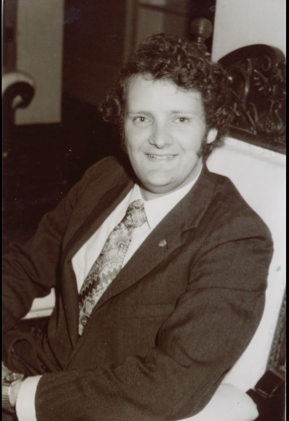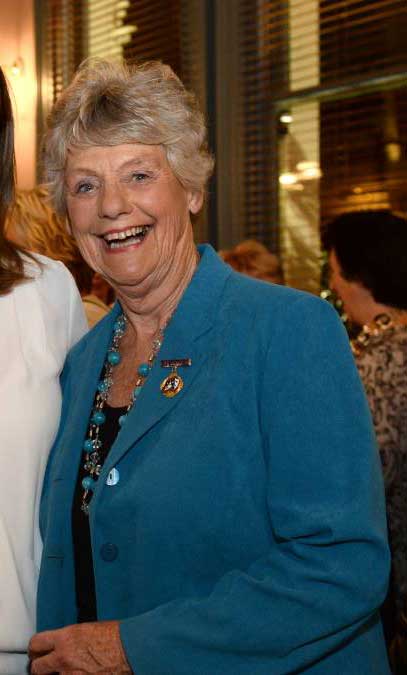Enter
Enter Entries Open March 01 to April 30 2025
2025 Herald Sun Aria Competition heats and semi final dates:
- Sunday 03 August - Heats
- Monday 04 August - Semi Final
Venue for Heats & Semi-Finals: Ballarat Mechanics Institute, Minerva Space, Sturt St, Ballarat
Adjudicators: Greg Hocking and Simon Meadows
Accompanist: Konrad Olszewski
The Herald Sun Aria Final - Sunday 26 October 3.00pm
Venue Final: Melbourne Recital Centre
Please read the Performance Stipulations for Herald Sun Aria and the RSSS Rules and Conditions of Entry Vocal to help prepare for your entry.
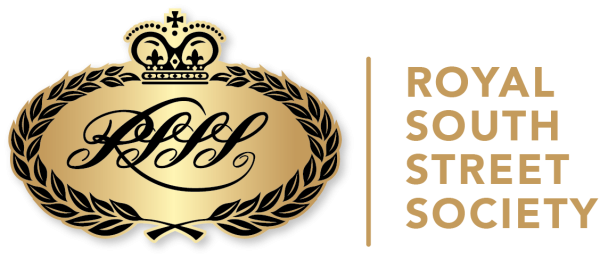

The Herald Sun Aria in partnership with Melbourne Opera
The Herald Sun Aria, established in 1924, is Australia’s oldest and most prestigious prize for emerging classical singers. Now in partnership with Melbourne Opera and Medownick Laser Clinic, in 2024, we celebrated an incredible 100 years of Herald Sun Aria!
Widely regarded as the nation’s most prestigious competition for emerging opera singers, the Aria offers nearly $60,000 in cash prizes (including the Medownick First Prize) to enrich the training of our brightest talent. Entries must be aged between 19 – 36 years of age for this wonderful competition.
The first round Heats and Semi Finals are conducted by the Royal South Street Society Ballarat Eisteddfod, and the Final is held in Melbourne at the Melbourne Recital Centre.
A night of opera – watch the drama and anticipation unfurl as six finalists compete against each other in the Herald Sun Aria Final accompanied by the Melbourne Opera Orchestra.
Ballarat locals can experience first-hand the impressive talent as the 12 semi-finalists compete for their chance to perform in the final.
The Semi-Final will be held at the Ballaarat Mechancis Institute on Monday 04 August from 7pm.
Throughout its history, the Herald Sun Aria has launched the international careers of many well-known singers, including: Dame Malvina Major (1964) Dame Kiri Te Kanawa 1965), Jonathan Summers (1973), Judith Henley (1976), Roger Lemke (1985), Jason Wasley (1993), and Rachelle Durkin (2000)

Stories
Learn more about the Aria discipline from our collection of stories, historical records and media....
Explore
Explore our history timeline
The Herald Sun Aria, established in 1924, is Australia’s oldest and most prestigious prize for emerging classical singers. Now in partnership with Melbourne Opera, in 2024, we celebrate 100 years of Herald Sun Aria!
